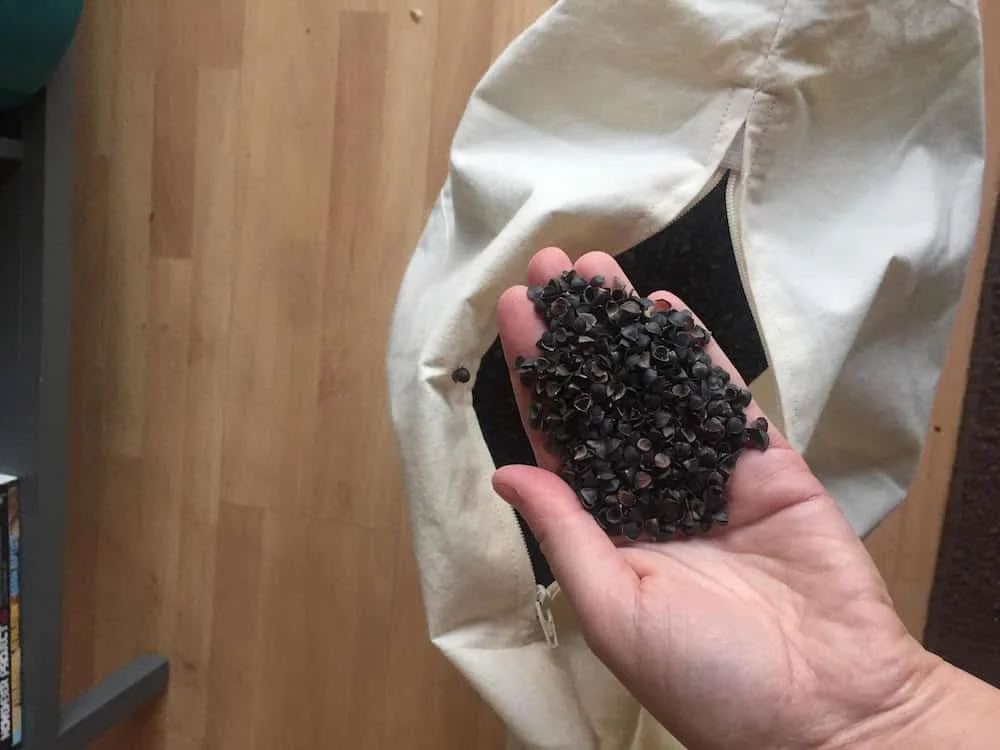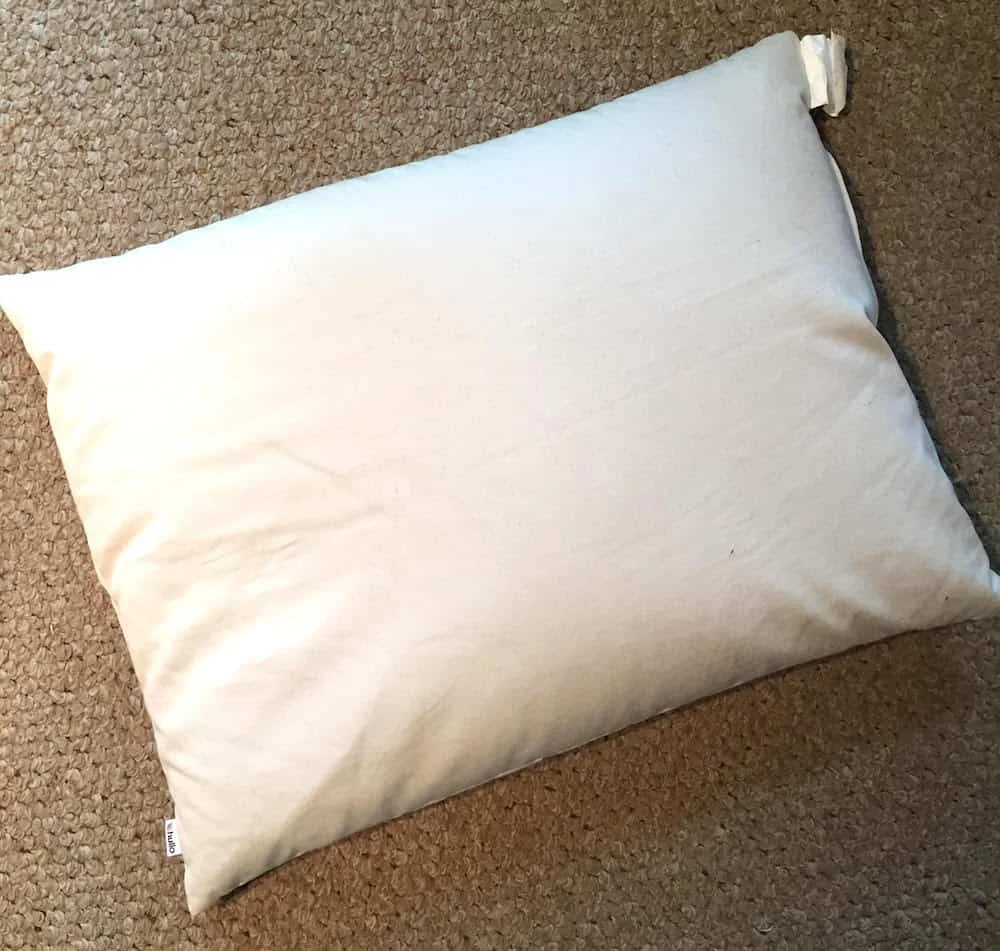Buckwheat flour, buckwheat pancakes, buckwheat…pillows? Turns out that’s not a typo. This ancient fruit seed (fun fact: Buckwheat is not a grain and contains no wheat) is well known for its health benefits. And now, people are not only eating them, but stuffing them into their pillows. Since getting a good night’s rest is equally as important as what we put in our bodies, it’s interesting to see this super-seed show face where we lay our heads.
Looking for a buckwheat pillow? Check out my top picks here.
Feathers: Out. Buckwheat: In
Buckwheat pillows are filled with nothing but (you guess it) buckwheat hulls. It is naturally a very firm pillow, with the buckwheat filling designed to provide a feel that’s both sturdy and moldable.

You can move the buckwheat around as it shuffles to shape the pillow how you want it, which is the true value proposition: The firm, but movable hulls, means you can adjust your pillow to form to your head and neck exactly how you want it, providing relief for neck pain while aligning your spine. And newsflash, this is a pillow’s most important job! A pillow elevates your head and spine off your mattress, and an especially good pillow will ensure your spine stays in “neutral alignment,” which keeps all your muscles, nerves, and discs are in the right place.
Another important feature is that most buckwheat pillows allow you to add or remove filling through its zippered opening, so you can adjust the thickness or loft to your liking. There’s also no risk that the pillow will collapse in the middle of the night, too, meaning you no longer have to fold the pillow in half to maintain a solid firmness.

Believe it or not, many mainstream pillows, especially ones that use memory foam, contain harmful toxins. Others use chemical flame retardants in order to meet federal fire regulations. When your head is resting on a pillow filled with toxins, that means you’re breathing them in, which can affect your health over the years. There are are no chemical fillings in buckwheat pillows, meaning you’re having a healthful night’s rest. A bonus is it also smells really nice; buckwheat’s natural scent can help you feel relaxed when going to sleep, while also helping you feel energized when you wake up.
Lastly, with proper care, buckwheat pillows are said to last about 10 years. And for an average cost being around $50, that’s a pretty nice investment.

Pillow-Talk
Let’s back up for a second: Where did this idea to fill pillows with fruit seeds come from? Many say its origins started in Japan. In ancient times, different parts of the buckwheat plant were used in a myriad of ways throughout Asia—in food, teas, and beer, along with bedding, upholstery, and even medicine.
The Japanese discovered the therapeutic nature of using buckwheat in pillows, mainly to help support the neck and spine. They also noted its ability to keep the head cool in the summer and warm in the winter, helping to balance out body temperature no matter the weather. The breathable, buckwheat hulls allow air to move freely through the pillow, helping to evaporate the moisture that collects on your skin and inside your pillow while you sleep.

To the (Natural) Bedroom
The buckwheat pillow eventually made its way to North America, and the therapeutic benefits are being put to the test. Now, farmers are harvesting their own buckwheat hulls that are completely organic and pesticide-free in order to stuff and sell the pillows right here in The United States. Buckwheat crops typically need little to no chemical fertilizers, and the hulls are also compostable, helping reduce unnecessary waste. For our vegan readers, buckwheat pillows don’t contain any animal products either! There’s even a DIY relaxation movement where people are making their own buckwheat pillows, adding lavender, chamomile, and other flowers to the filling.
So why not give it a try? This alternative, natural pillow may just be the supportive sleep you’ve been looking more. And maybe, just maybe, you should consider enjoying breakfast in bed—buckwheat pillow, buckwheat pancakes, and all.
For my take on some leading brands, check out my best buckwheat pillow reviews page.


























